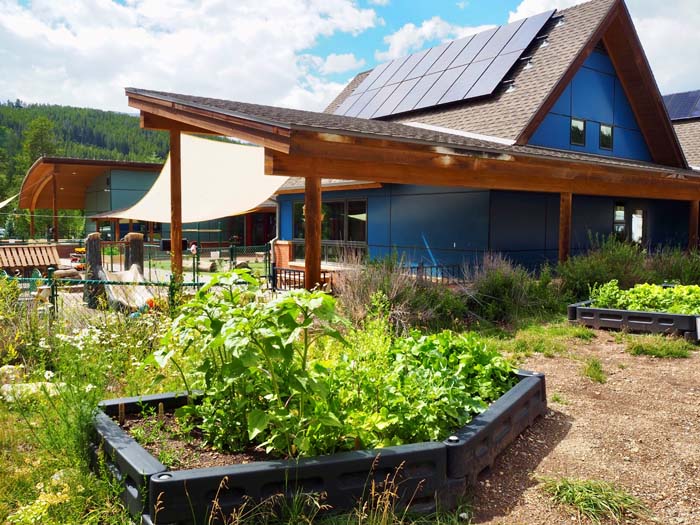CLIMATE ACTION
Rapid climate change threatens our natural environment, recreational opportunities, and way of life. Addressing climate change requires a global effort, but each community has to do its part to change the system for a better future. As a destination community, the Town recognizes its responsibility to take a leading role in mitigating climate change and in exporting its ideas to leverage greater change.

Goal One.
Reduce greenhouse gas emissions from energy used to operate buildings
Target.
21%
36%

over baseline year 2005
2030 TARGET
21%
Reduction in
GHG Emissions
2050 TARGET
36%
Reduction in
GHG Emissions
For a better view at the charts, use landscape view on mobile devices.
Co-Benefits
Co-Benefits
Resource Savings
Environmental Leadership
Regional Priorities
Operational Cost Savings
Livability
Local Environmental Health
Resource Savings
Environmental Leadership
Regional Priorities
Operational Cost Savings
Livability
Local Environmental Health
Goal Two.
Target.
200
100%
EV Charging Stations
Co-Benefits
Co-Benefits
Environmental Leadership
Operational Cost Savings
Livability
Local Environmental Health
Community Engagement
Environmental Leadership
Operational Cost Savings
Livability
Local Environmental Health
Community Engagement
Goal Three.
Target.
25%
91%
GHG Emissions Over Baseline Year from Transportation

over baseline year 2005
2030 TARGET
25%
Reduction in
GHG Emissions
2050 TARGET
91%
Reduction in
GHG Emissions
For a better view at the charts, use landscape view on mobile devices.
Co-Benefits
Co-Benefits
Resource Savings
Environmental Leadership
Operational Cost Savings
Local Environmental Health
Community Engagement
Resource Savings
Environmental Leadership
Operational Cost Savings
Local Environmental Health
Community Engagement
Stretch Targets.
Electric Transit